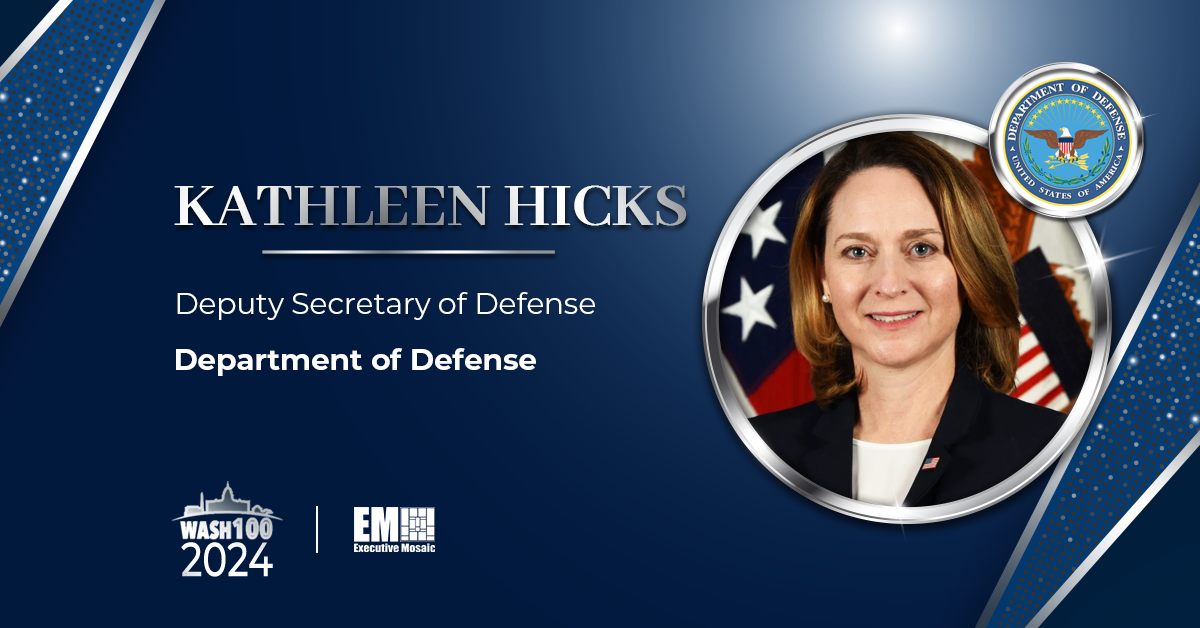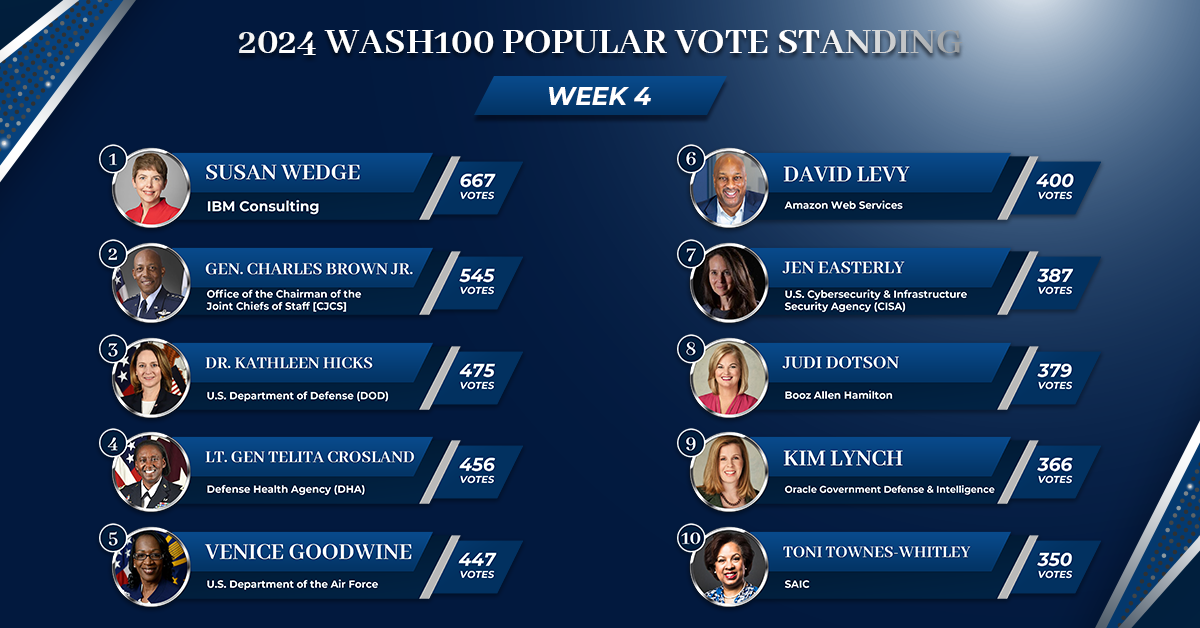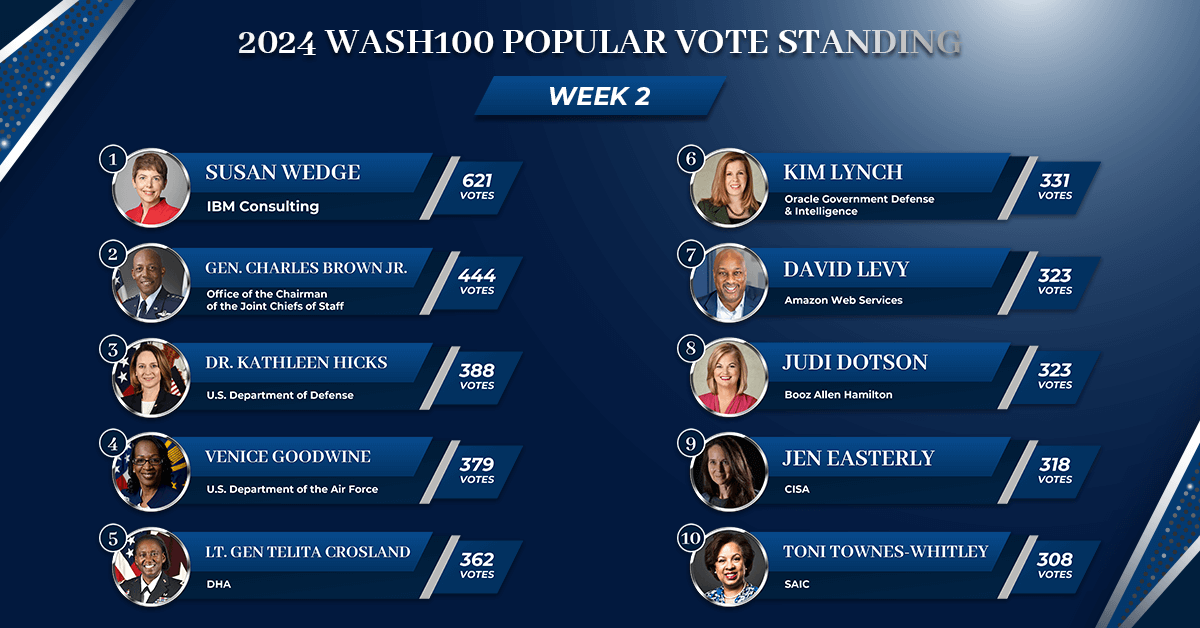The advent of easy-to-use tools like ChatGPT has entrenched generative artificial intelligence into the public consciousness. With its vast array of potential applications, generative AI holds immense potential for a wide variety of domains.
Like many other organizations, the Department of Defense is evaluating the effectiveness of this technology across a diverse set of use cases. AI offers a number of benefits for warfighters, but it also brings about new vulnerabilities that could have heavy consequences if exploited by an adversary. In August, the DOD established a dedicated unit, Task Force Lima, to explore risks associated with generative AI. It is overseen by the department’s Chief Digital and Artificial Intelligence Office.

The Potomac Officers Club’s 5th Annual AI Summit on March 21 will feature two speakers from CDAO, including opening keynote speaker Dr. William Streilein, the office’s chief technology officer, and Dr. Matthew Johnson, senior technical advisor for responsible AI. Streilein spoke at last year’s AI Summit, where he discussed CDAO’s five “big plays.”
To learn more, view the full lineup of expert speakers and register to attend the event, click here.
Task Force Lima was stood up at the direction of Deputy Secretary of Defense Kathleen Hicks, a four-time Wash100 Award winner, to “assess, synchronize and employ generative capabilities across the DOD.” It is headed by Navy Capt. M. Xavier Lugo and has a timeline of 18 months to complete its mission.
Lugo told DefenseScoop in September that Task Force Lima is focused on “low-risk mission areas,” and in November, Lugo hinted at progress in the task force’s overall mission, noting that “there are units that have already started working with those particular technologies and they’re integrating [them] into their workflows.”
He highlighted “hallucinations,” or a large language model’s creation of false information without any real data to back it up, as one phenomenon Task Force Lima is exploring. Lugo said the unit is assessing how the DOD could bypass, measure and combat these incidents.
According to Streilein, CDAO has zeroed in on almost 200 use cases for generative AI in the DOD through Task Force Lima’s efforts. During a Government Executive event in December, he said CDAO is assessing these use cases and “trying to understand which ones would be appropriate given the state of technology, which is important to acknowledge.”
“There is still a lot to learn about it,” said Streilein. “It definitely has commercial application, but within the DOD, the consequences are perhaps higher and we need to be responsible in how we leverage it.”
Hear more of Streilein’s thoughts at the 5th Annual AI Summit. Register here.







